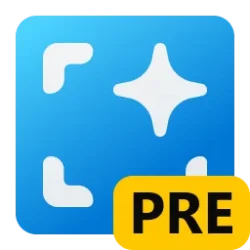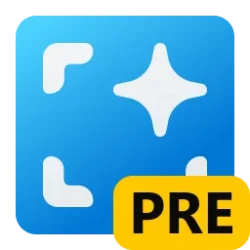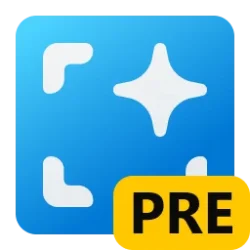- Local time
- 5:42 AM
- Posts
- 9,151
- Location
- The Lone Star State of Texas
- OS
- Windows 11 Pro 24H2 26100.3775
With what VERY little I know about NAS, from a home user perspective, I can not see how any benefit one would get from using a NAS for backups could possibly outweigh the cost unless money was no object.(I'm poor. Every dollar counts) To my way of thinking a NAS is overkill for that purpose.
In the same vein, depending on what a computer is used for and the importance of the data stored on it, I'm also a believer one can go overkill on the backup plan one chooses for any given computer(s). What might be the best backup choice for one system would not always the best choice for another. But that's just me and mine. I know that others feel differently. One has to do what he is comfortable with.
In the same vein, depending on what a computer is used for and the importance of the data stored on it, I'm also a believer one can go overkill on the backup plan one chooses for any given computer(s). What might be the best backup choice for one system would not always the best choice for another. But that's just me and mine. I know that others feel differently. One has to do what he is comfortable with.
My Computers
System One System Two
-
- OS
- Windows 11 Pro 24H2 26100.3775
- Computer type
- PC/Desktop
- Manufacturer/Model
- Dell Optiplex 7080
- CPU
- i9-10900 10 core 20 threads
- Motherboard
- DELL 0J37VM
- Memory
- 32 gb
- Graphics Card(s)
- none-Intel UHD Graphics 630
- Sound Card
- Integrated Realtek
- Monitor(s) Displays
- Benq 27
- Screen Resolution
- 2560x1440
- Hard Drives
- 1tb Solidigm m.2 nvme+256gb SKHynix m.2 nvme /External drives 512gb Samsung m.2 sata+1tb Kingston m2.nvme+ 4gb Solidigm nvme
- PSU
- 500w
- Case
- MT
- Cooling
- Dell Premium
- Keyboard
- Logitech wired
- Mouse
- Logitech wireless
- Internet Speed
- so slow I'm too embarrassed to tell
- Browser
- #1 Edge #2 Firefox
- Antivirus
- Defender+MWB Premium
-
- Operating System
- Windows 10 Pro 22H2 19045.3930
- Computer type
- PC/Desktop
- Manufacturer/Model
- Dell Optiplex 9020
- CPU
- i7-4770
- Memory
- 24 gb
- Monitor(s) Displays
- Benq 27
- Screen Resolution
- 2560x1440
- Hard Drives
- 256 gb Toshiba BG4 M.2 NVE SSB and 1 tb hdd
- PSU
- 500w
- Case
- MT
- Cooling
- Dell factory
- Mouse
- Logitech wireless
- Keyboard
- Logitech wired
- Internet Speed
- still not telling
- Browser
- Firefox
- Antivirus
- Defender+MWB Premium





